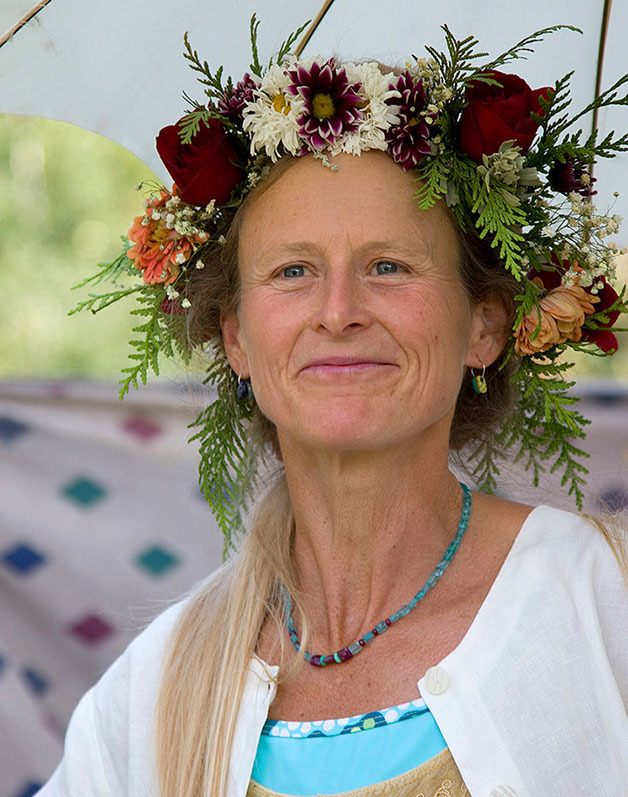They carried the ideas of the ’60s forward and rejected a typical American lifestyle.
They are defenders of the earth. They are people who never gave up the utopian ideas of their baby boomer youth that sought a simpler life; a life that identified being rich as something that had everything to do with love and nothing to do with money.
In 1988, 20 years after Woodstock, filmmaker Kevin Tomlinson filmed and interviewed a group of back-to-the-land “hippies” in Eastern Washington during a community gathering. They were living off the grid, insulated and isolated from mainstream culture.
In 2006, he tracked down his subjects again to find out what had become of their utopian plans and dreams.
The result is his documentary film “Back to the Garden: Flower Power Comes Full Circle,” which will be shown at the Clyde Theatre in Langley at 2 p.m. Sunday, Nov. 6.
The film captures a time-lapse view of these back-to-the-landers told through the personal stories of the families, who had lots of freedom but little cash.
In the decade of flower power, hippies were satirized and vilified for rejecting materialism and corporate culture. In the 1970s they stopped the war, started communes and food cooperatives and championed back-to-the-land lifestyles and environmental sustainability.
It makes sense that this film will be shown at the Clyde because its owners, Blake and Lynn Willeford, were also part of a back-to-the-land movement in the ’70s on Whidbey Island, along with many other longtime South End folks. Back then, it wasn’t yet fashionable to be “sustainable” and to live off the grid. The promise of a different style of living called them out of the mainstream to places such as the islands of Puget Sound or to Eastern Washington.
During the Reagan-era ’80s, Woodstock became a distant memory and hippies had virtually disappeared from everyday life.
Years after his early interviews, Tomlinson wanted to know “where all the flowers had gone” — what had happened to all the people who had such strong ideas about an earth-friendly lifestyle.
What he found was that this relatively small contingent of back-to-the-landers in the hills of the Okanogan were not only still together, they were thriving and were raising families, while refining their hippie idealism. The mainstream culture that had so dismissed and marginalized them, had forgotten all about them.
Visit www.theclyde.net for screening information.


